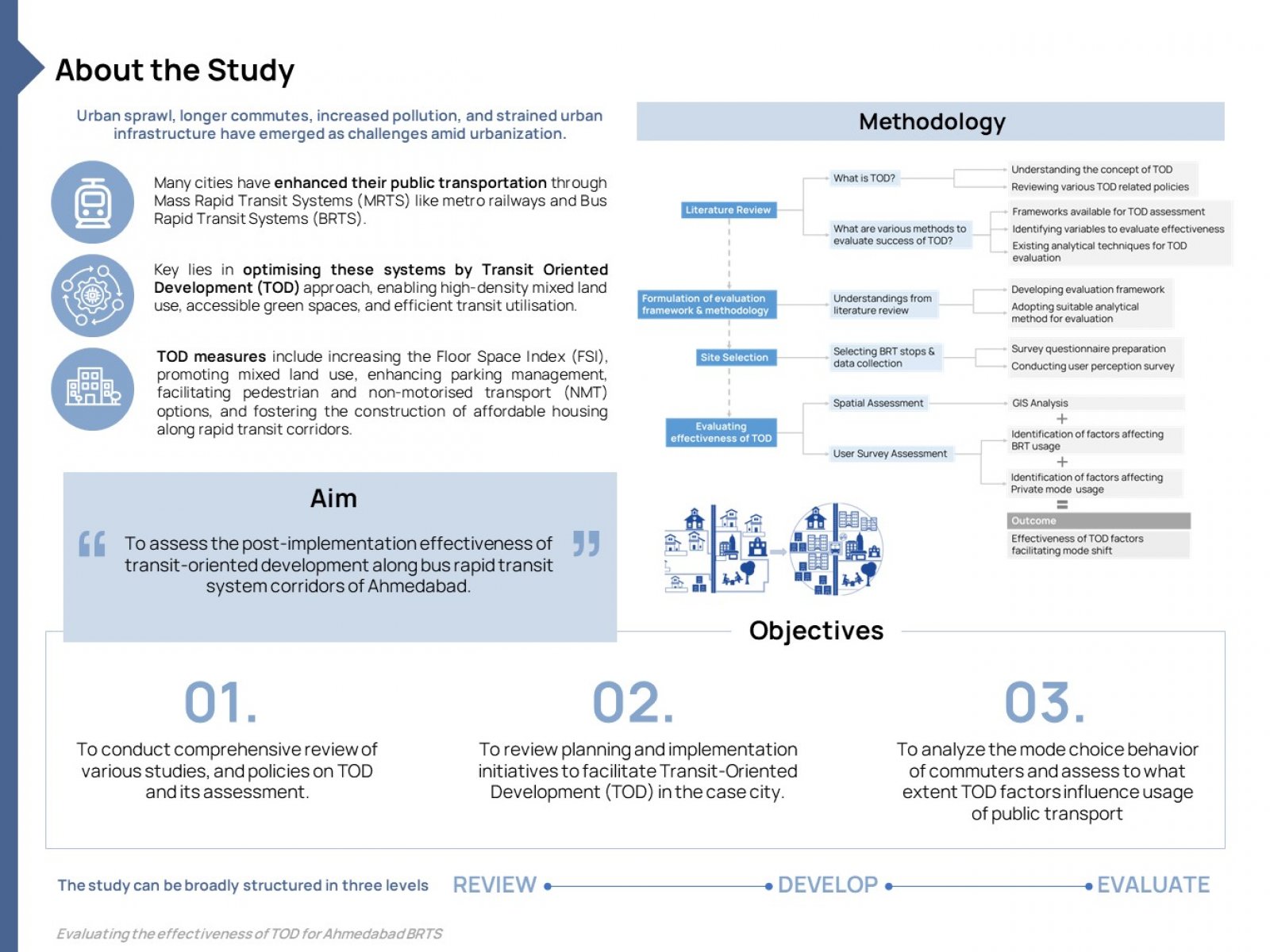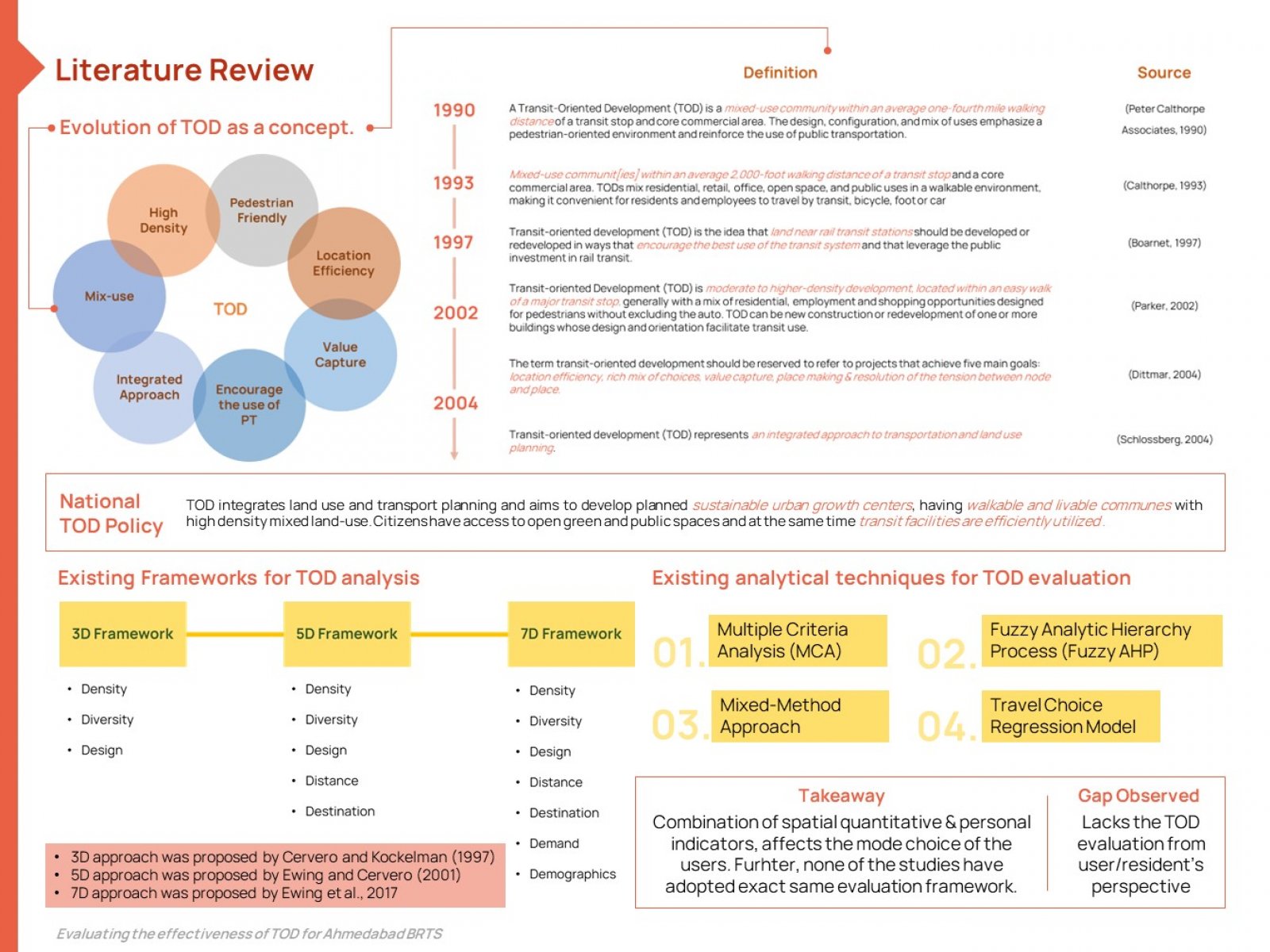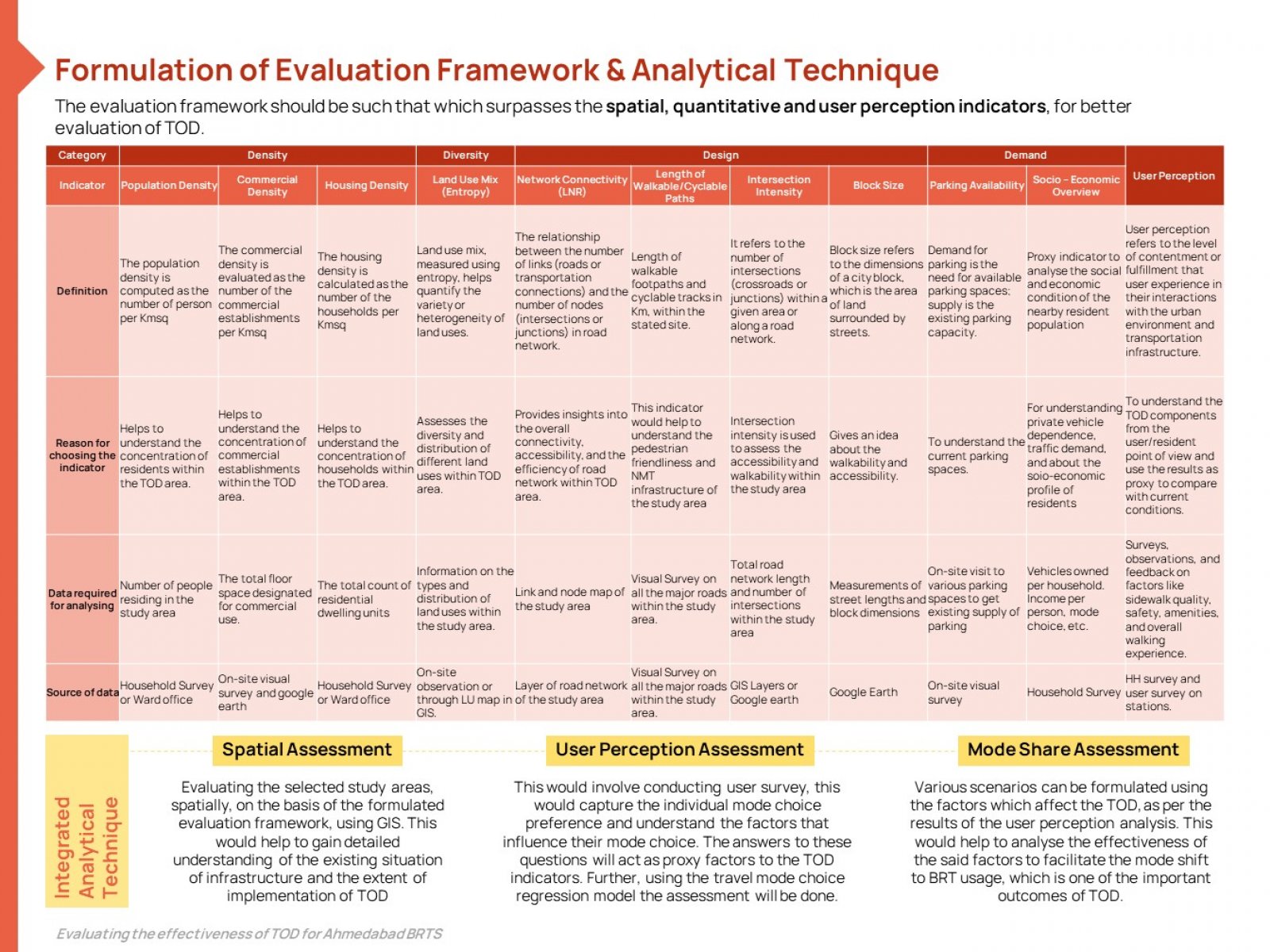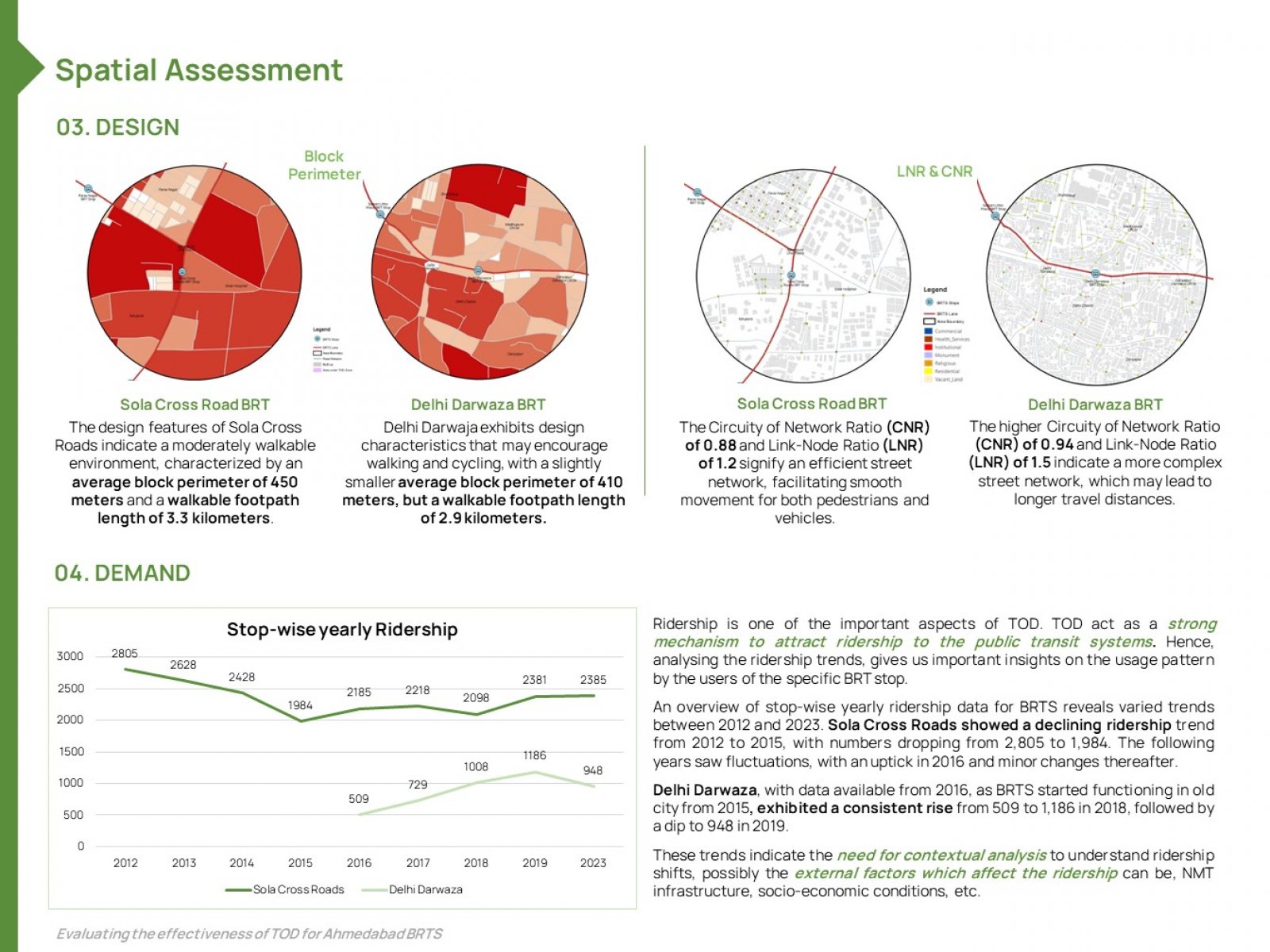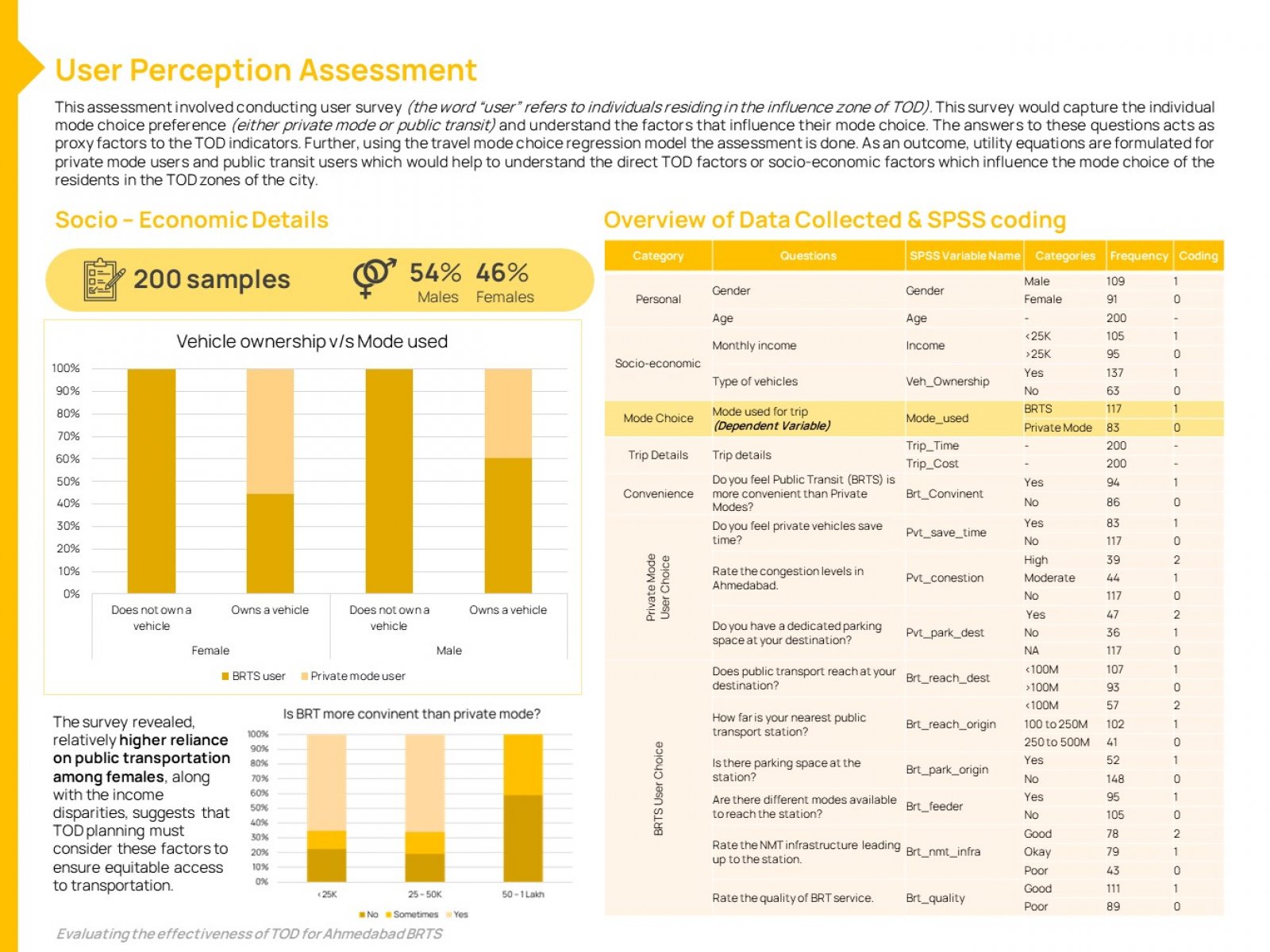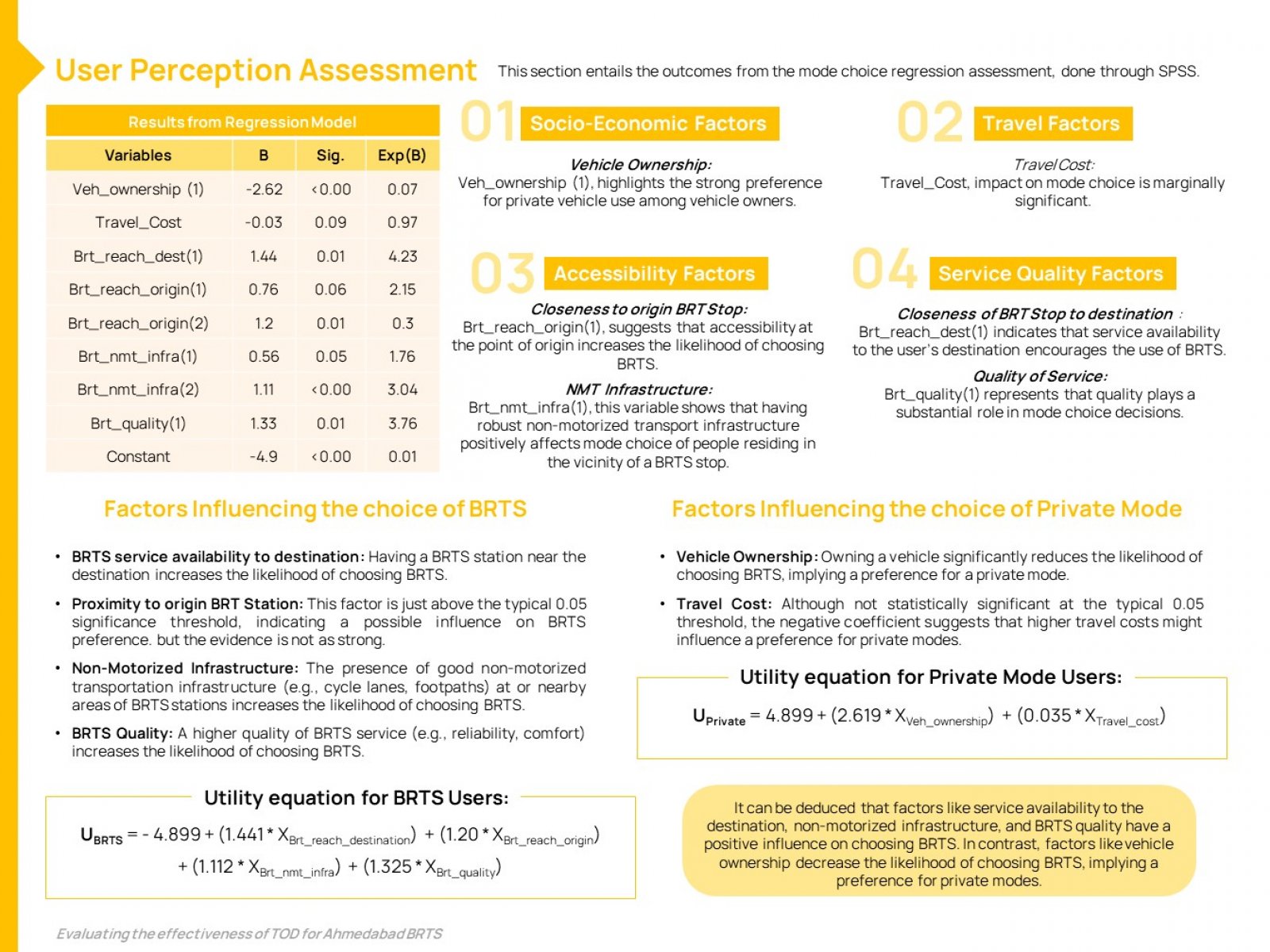Your browser is out-of-date!
For a richer surfing experience on our website, please update your browser. Update my browser now!
For a richer surfing experience on our website, please update your browser. Update my browser now!
Urban sprawl, longer commutes, increased pollution, and strained urban infrastructure are pressing challenges in the context of rapid urbanization. Cities worldwide are turning to Mass Rapid Transit Systems (MRTS), such as metro railways and Bus Rapid Transit Systems (BRTS), to mitigate these issues. The Transit-Oriented Development (TOD) approach is key to optimizing these systems, fostering high-density mixed land use, accessible green spaces, and efficient transit utilization. City authorities are developing Local Area Plans (LAPs) to implement TOD principles, which include measures such as increasing the Floor Space Index (FSI), promoting mixed land use, facilitating pedestrian and non-motorized transport (NMT), and fostering affordable housing along rapid transit corridors. India's 2017 TOD policy provides a framework to guide these initiatives at state and city levels. This thesis aims to evaluate the effectiveness of TOD initiatives in Ahmedabad by developing an evaluation framework to assess the transit-orientedness of developments along rapid transit corridors. By examining different typologies of transit stations, the study seeks to identify key factors that influence TOD success and mode choice among residents near transit stops. Given that the ultimate goal of TOD is increased public transit ridership, the findings from this research will offer valuable insights into the strategies that promote sustainable urban development and facilitate mode shift to usage of public transportation.
